FLOE: A Climate of Risk
The Fictional Archaeology of Stephen Talasnik
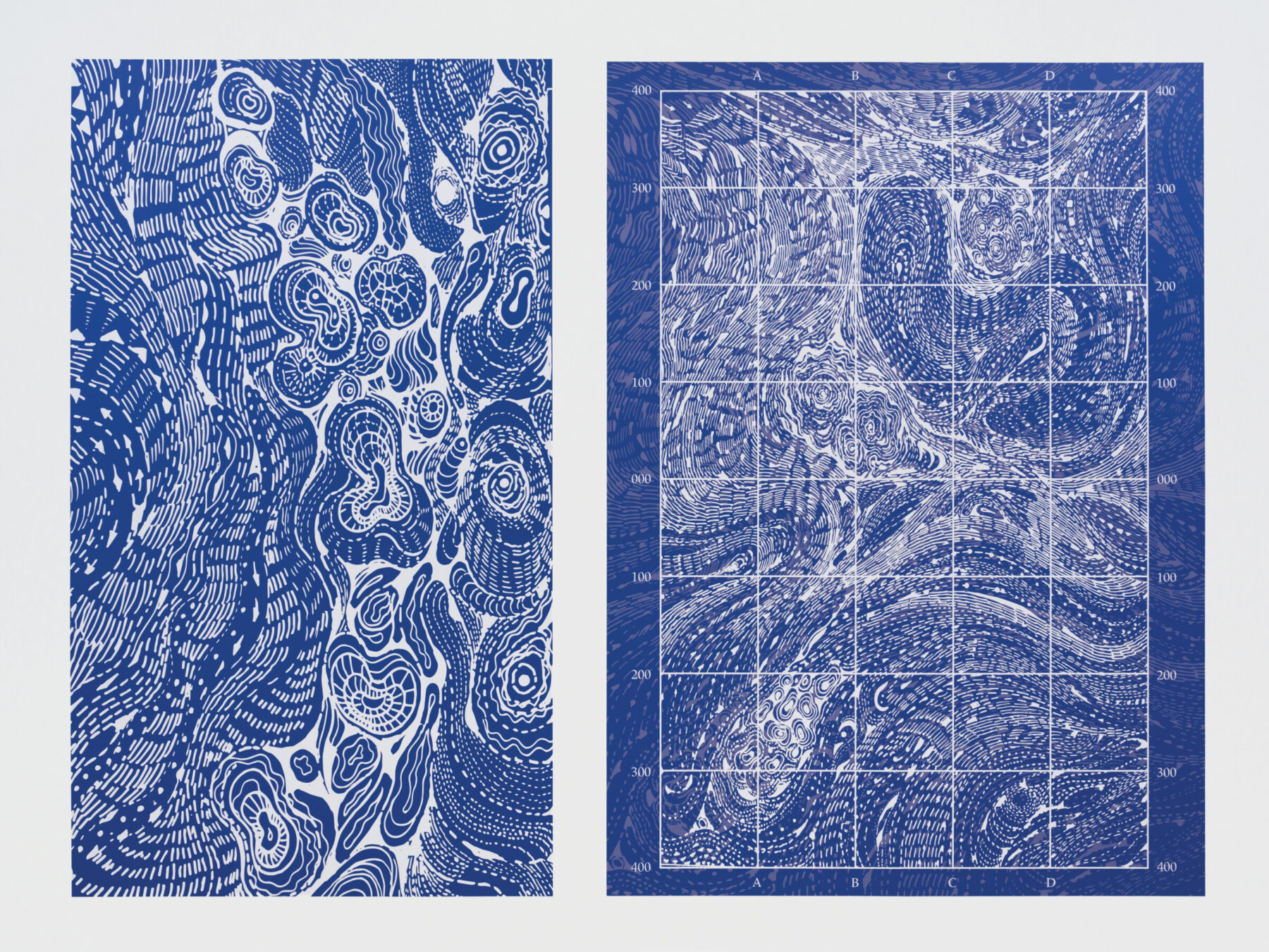
Imagination can be a fundamental tool for driving change. Through creative narratives, we can individually and collectively imagine a better future and, potentially, take actions to move toward it. For instance, science fiction writers have, at times, seemed to predict new technologies or situations in society—raising the question of whether narratives can create empathy around an issue and help us imagine and work toward a desirable outcome.
Philadelphia-born artist Stephen Talasnik takes this question of narratives seriously. He is a sculptor and installation artist whose exhibition, FLOE: A Climate of Risk, is on display at the Museum for Art in Wood in Philadelphia, Pennsylvania, from November 3, 2023, through February 18, 2024. Talasnik’s work is informed by time, place, and the complex relationship between ideas that form a kind of “functional fiction.” Through FLOE, Talasnik tells the story of a fictitious shipwreck that was carried to Philadelphia by the glacier in which it was buried. As global temperatures warmed, the glacier melted and surrendered the ship’s remains, which were discovered by mischievous local children. The archaeological remains and reconstructions are presented in this exhibition, alongside a sculptural representation of the ice floe that carried the ship to its final resting place. Talasnik uses architectural designs to create intricate wood structures from treated basswood. By building a large wooden model to represent the glacier, the artist evokes a shadowy memory of the iceberg and reminds visitors of the sublime power of nature and its constant, often destructive, search for equilibrium.
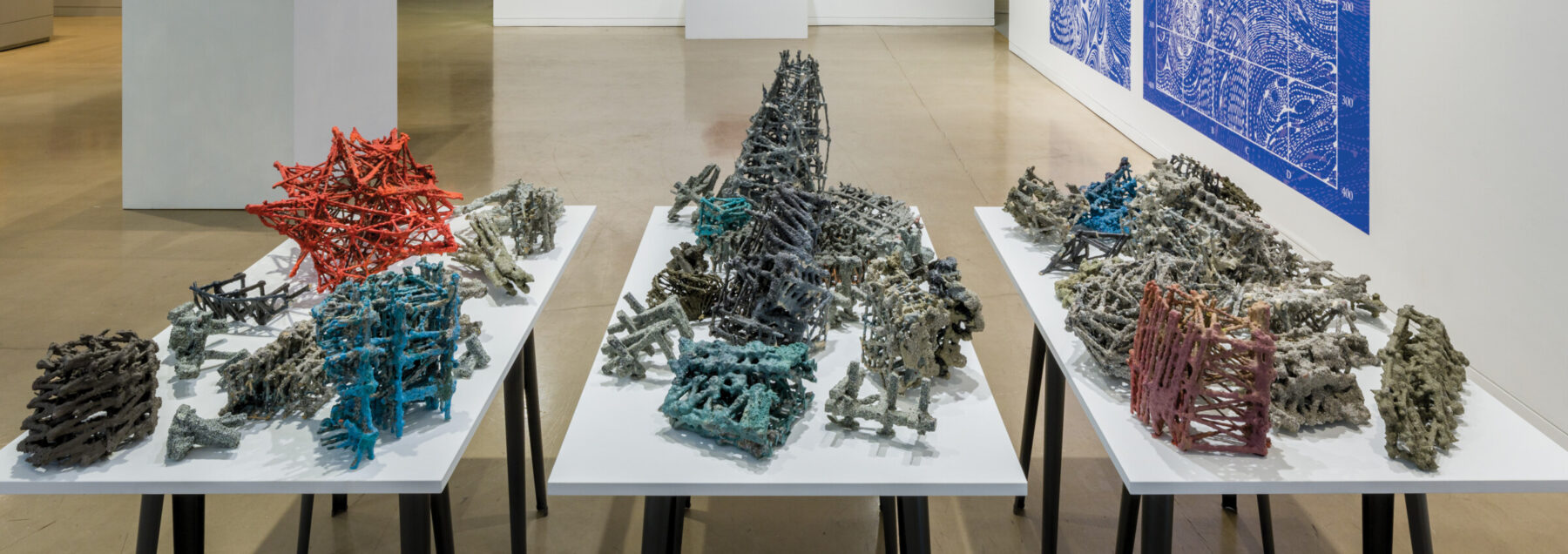
“FLOE emerged from the imagination of Stephen Talasnik, an artist known worldwide for his hand-built structures installed in natural settings,” writes Jennifer-Navva Milliken, executive director and chief curator at the Museum for Art in Wood. “The exhibition is based on a story created by the artist but touches on the realities of climate change, a problem that exposes the vulnerability of the world’s most defenseless populations, including the impoverished, houseless, and stateless. Science helps us understand the impact through data, but the impact to humanity is harder to quantify. Stephen’s work, through his complex storytelling and organic, fragmented sculptures, helps us understand this loss on the human scale.”
For more information about the exhibition and a mobile visitors’ guide, visit the Museum for Art in Wood website.
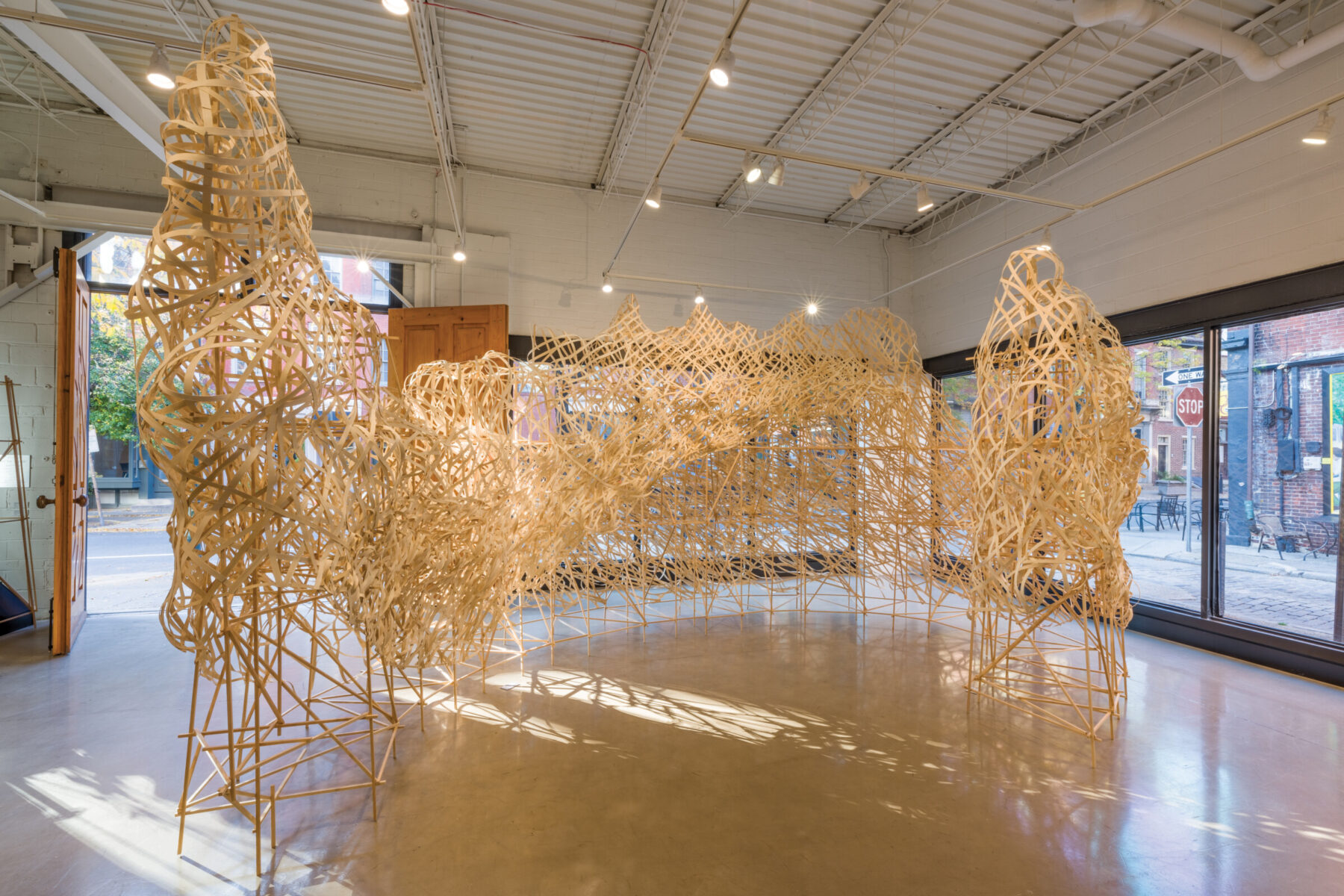
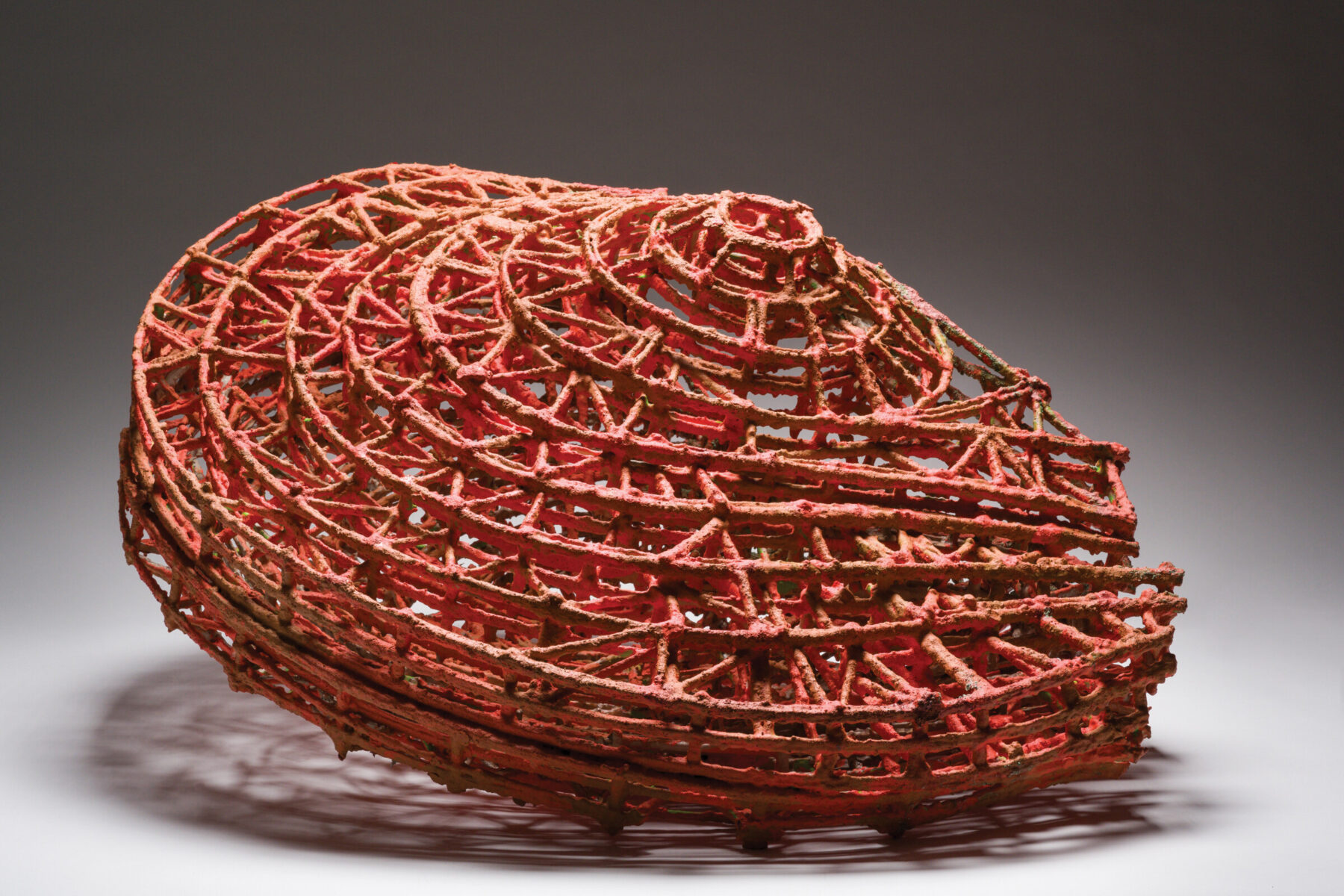
28 x 40 x 22 inches (h x w x d)
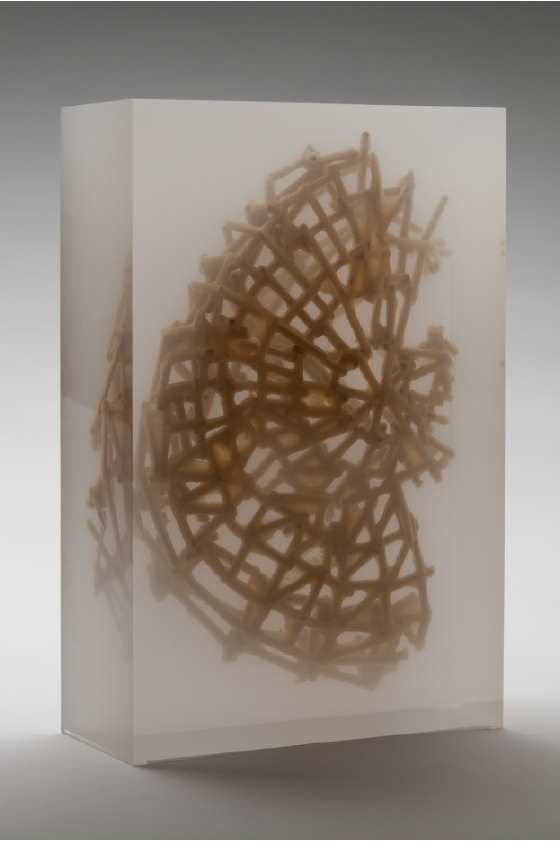
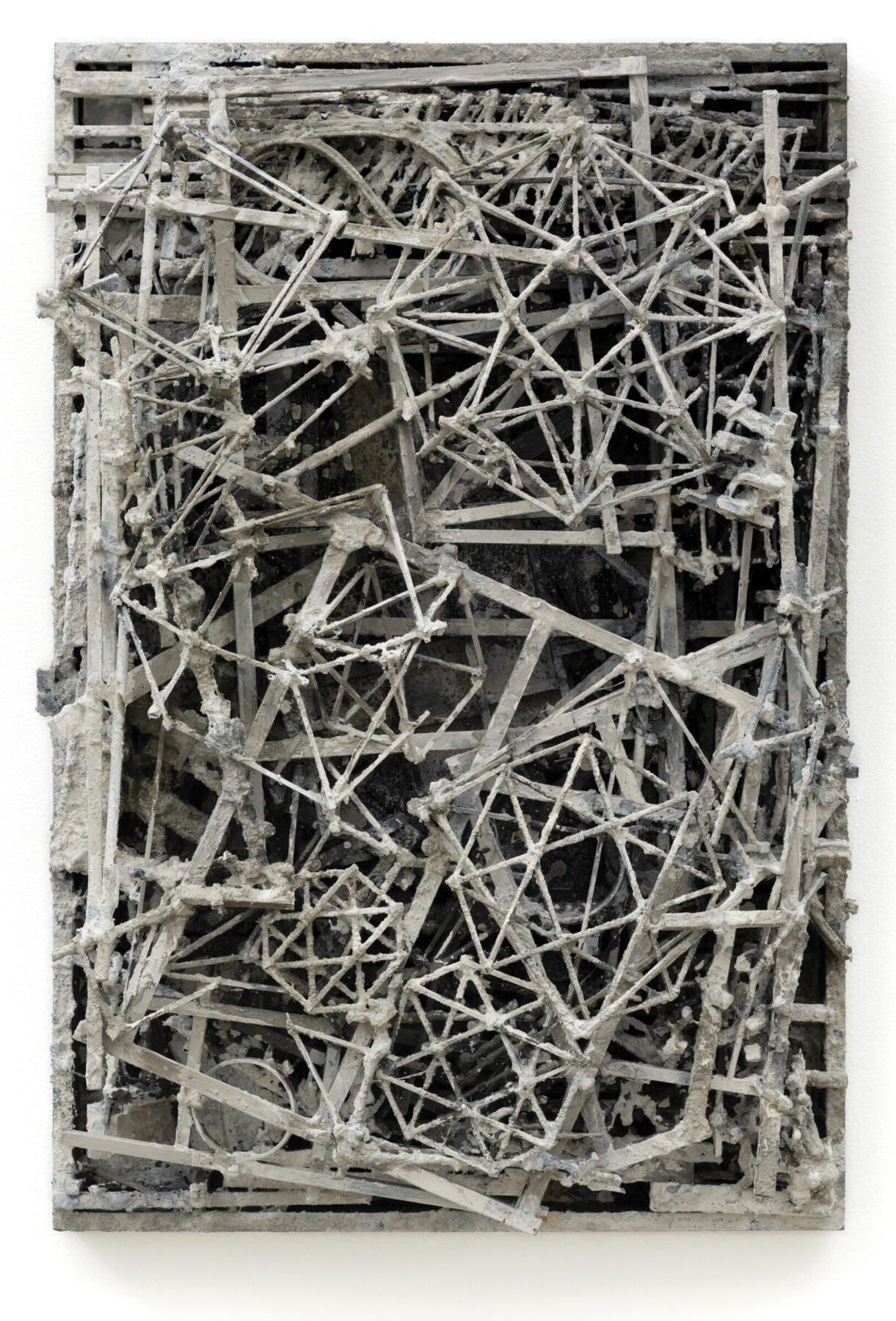
Wood and mica; 32 x 24 x 6 inches
